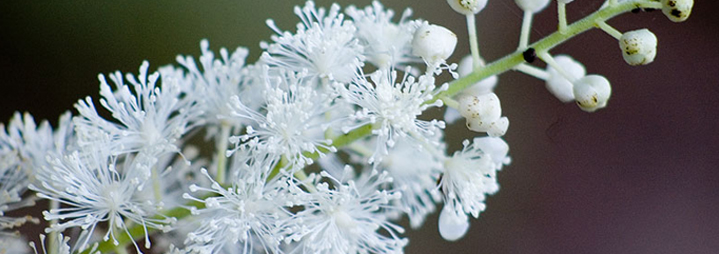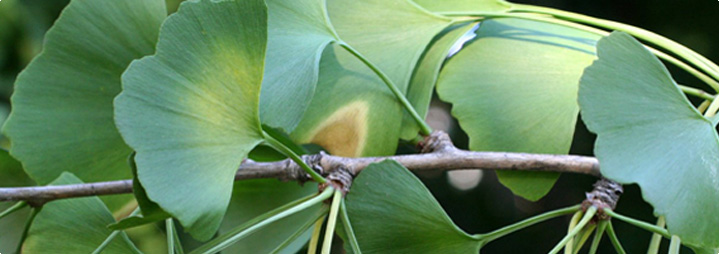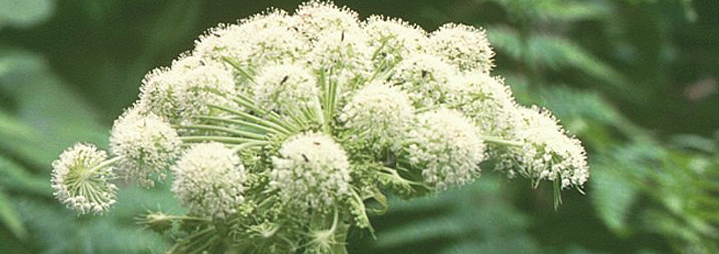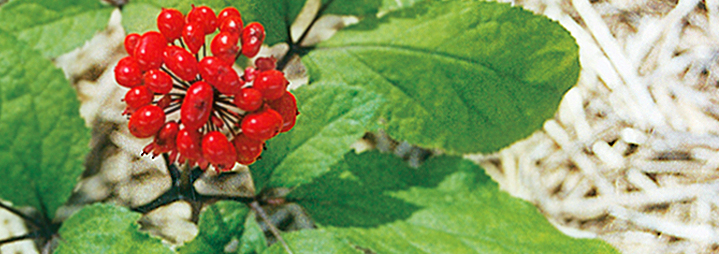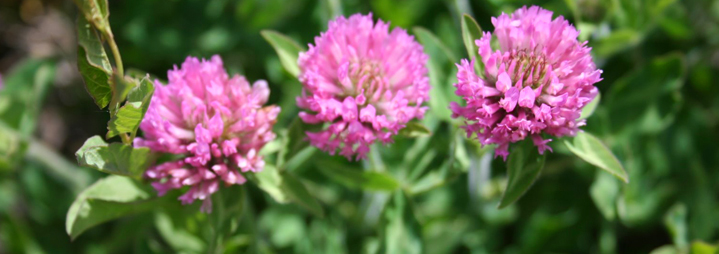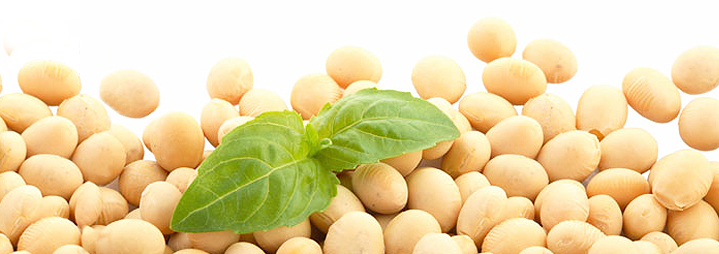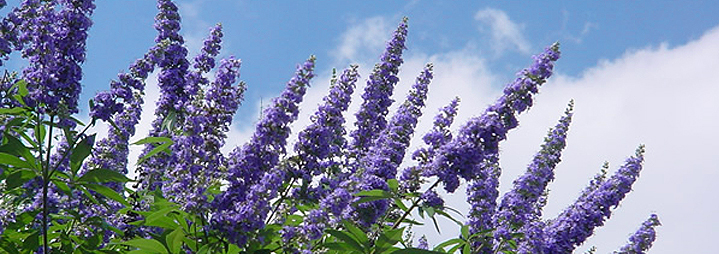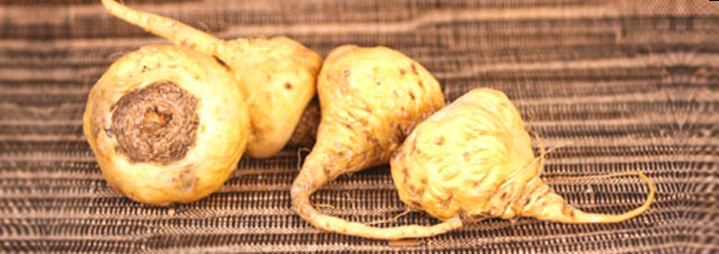Angelica Sinensis
Dong quai or Angelica Sinensis is a perennial plant that grows exclusively in parts of Asia. Its known location include China, Korea and Japan. The conditions of its growth mean that it is usually found growing on high altitudes atop mountains. The root of Angelica Sinensis has been sought after for many years because of its curative properties. As a phytoestrogenic herb such properties are considered potent and have long been used in its native Asia for a myriad of treatments.
How does Angelica Sinensis work?
 As a phytoestrogenic herb Angelica Sinensis contains a unique chemical compound known as phytoestrogens. Such phytoestrogens interact with the human body in a way which makes them a valued medicinal treatment. Angelica Sinensis works by introducing these phytoestrogens, which have a chemical makeup similar to human estrogen. By placing this estrogen into the body Angelica Sinensis works by rebalancing any lost estrogen in the body whilst simultaneously stimulating the body's ability to reproduce lost estrogen.
As a phytoestrogenic herb Angelica Sinensis contains a unique chemical compound known as phytoestrogens. Such phytoestrogens interact with the human body in a way which makes them a valued medicinal treatment. Angelica Sinensis works by introducing these phytoestrogens, which have a chemical makeup similar to human estrogen. By placing this estrogen into the body Angelica Sinensis works by rebalancing any lost estrogen in the body whilst simultaneously stimulating the body's ability to reproduce lost estrogen.
How is Angelica Sinensis used?
Because of its ability to rebalance a human beings loss of estrogen, Angelica Sinensis is often used to fight the symptoms of menopause. Menopause symptoms occur in women as the approach a later stage of life. It marks a body's inability to produce sufficient levels of estrogen and the results can often be dramatic. A lack of estrogen cane lead to a flurry of painful or embarrassing menopause symptoms, which can include: vaginal dryness, incontinence, changes in body odor and mood swings.
Angelica Sinensis has been proven capable of treating the following menopausal symptoms:
 . Stops spasms.
. Stops spasms.
. Relief from menopausal symptoms.
. Disturbances to sleep.
. Relief from menstrual disorders.
. Relaxes peripheral blood vessels.
Benefits for menopausal women using Angelica Sinensis
Angelica Sinensis is a valid alternative to HRT: The chemical makeup of Angelica Sinensis which includes phytoestrogens, is capable of rebalancing a women's estrogen levels in much the same way as HRT but for a greatly reduced cost.
Angelica Sinensis is an efficient reliever of menopause symptoms: Angelica Sinensis is seen as a good short term fast acting reliever of many of the symptoms of menopause.
Angelica Sinensis other health benefits: Angelica Sinensis is capable of relieving the pain of other medical ailments, including: arthritis, high blood pressure and PMS.
Disadvantages for menopausal women using Angelica Sinensis
Angelica Sinensis can cause rashes and inflammation of the skin: Using Angelica Sinensis increases a person's sensitivity to the sun. Subsequently with sun screen protection rashes can occur when someone using Angelica Sinensis comes into contact with the sun.
 Angelica Sinensis and its links to breast cancer: Angelica Sinensis has been known to increase the number and strength of breast cancer cells in the body.
Angelica Sinensis and its links to breast cancer: Angelica Sinensis has been known to increase the number and strength of breast cancer cells in the body.
Angelica Sinensis and its complications with other drugs: Anticoagulants are known to cause complications with Angelica Sinensis. Whilst because of the risk of miscarriage pregnant women are encouraged not to use Angelica Sinensis.
Conclusions about Angelica Sinensis
Angelica Sinensis is a valid treatment for treating some of the many symptoms of menopause but it comes with a certain degree of risk. Because of the risks involved with using it, it is advised that the advantages and disadvantages of using it are considered carefully before any decision is made.
What other options for women are there? Because of some of the dangerous effects of phytoestrogenic herbs such as Dong quai root, many women consider the other alternatives before using the herb in order to treat their menopause symptoms. HRT is one option but others have begun to use non-estrogenic herbs as an alternative means of treatment.









